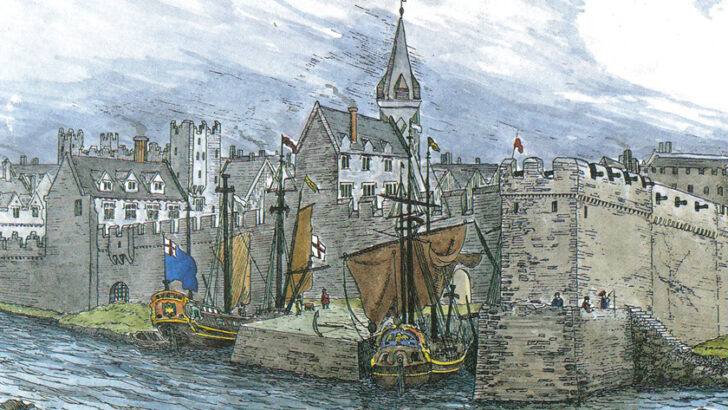Reforming Galway: Civic society, religious change and St Nicholas collegiate church, 1550-1750
by Raymond Gillespie (Four Courts Press, €50.00 / £45.00)
Raymond Gillespie, Professor Emeritus at the University of Maynooth, died in March of this year, while this book was in the very final stages of production. Reforming Galway is thus the last work of a much admired and influential historian. In his book he opens out a new approach to the treatment of the Reformation era in the Irish context.
His initial inspiration was The Voices of Morpeth by Eamon Duffy, the Cambridge historian, which drew on the very full parish accounts kept for that small Devon village by its parish priest Sir Christopher Trychay, which contained a very full account of the changes in the village and its outlook over 50 years from 1520. It was a way of writing about the past through the detailed history of one institution.
Revealing
Lacking such a revealing single document for Galway, Gillespie tells the tale of the Collegiate Church of St Nicholas in Galway, one of the sights of the city even today, and the social, religious and commercial changes largely among its prosperous merchants.
But first, just what is a collegiate church, as distinct from a parish church or a cathedral. It is an institution defined in the Christian tradition as “ a church where the daily office of worship is maintained by a college of canons, a non-monastic or secular community of clergy, organised as a self-governing corporate body, headed by a dignitary bearing a title which may vary, such as dean or provost.”
In the case of the collegiate church in Galway this office was in the hands of a warden, appointed by the civil government. So during the period of the book from 1550 to 1750, by turn and turn about, as the rulers changed from Anglican to Catholic to Republican Commonwealth and back again to the Established Church, the warden was elected in accordance with the views of the town’s governors, with no input from any kind of archbishop.
For anyone interested in Galway and its history – and what Irish reader cannot be – it provides all kinds of new insights”
Gillespie, lacking a single unique document (such as Duffy had), builds up his facts slowly from extensive research seemingly in every available source relating to medieval and early modern Galway.
Uniquely he gives a ground floor view of the changing nature of Ireland at the local level which is much more engaging than the broader chronicles we already have from the national level. Rather than the grand clashes of national destiny and European politics we are used to, this text relies on details of what it was like to live through such an ever changing era at a local level.
All this makes for a fascinating read, but this is a book written for an academic rather than a general audience, so many may find it slow going. Yet for anyone interested in Galway and its history – and what Irish readers cannot be – it provides all kinds of new insights.
Galway’s wealth faded as the transatlantic trade passed into the hands of Limerick and then Cobh. The last lines of the text suggest, however, that Gillespie might have been turning his mind from a study of the city, to a continuing study of the city of Galway in relation to the county of Galway, moving from the last “sign of civility and order” to the wilder haunts of a dying Gaelic culture.
The image of Galway from the sea created by Anne Korff is from Medieval Galway: A Rambler’s Guide & Map, an essential visual aid to understanding the history of the city (Tir Eolas Publishers, €10.00)


 Peter Costello
Peter Costello Medieval Galway from the sea, with the prominent tower of St Nicholas’ rising over all (pen and watercolour by Anne Korff / Tír Eolas Publishers)
Medieval Galway from the sea, with the prominent tower of St Nicholas’ rising over all (pen and watercolour by Anne Korff / Tír Eolas Publishers) 